EVIL DEAD. Brilliant, perfect remake of a cult classic
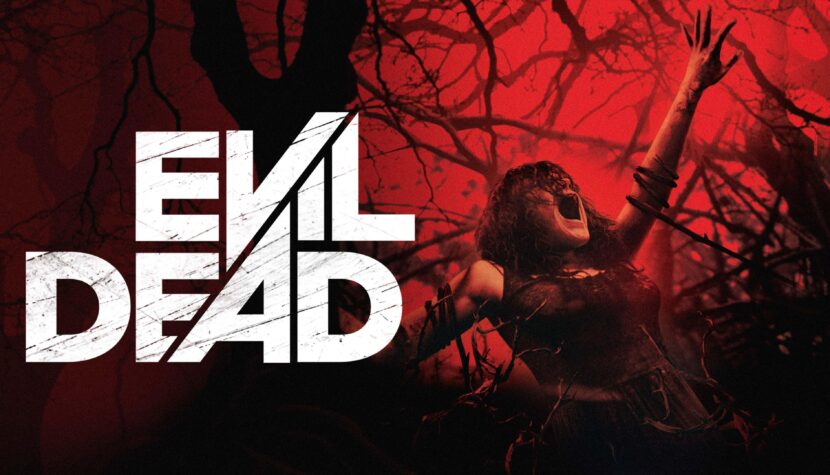
The full-length debut of Sam Raimi, who was only 22 years old at the time, was not only one of the most brutal and craziest productions of its time, but also the perfect proof that talent and determination are far more important than money.
When Raimi set out to make the film, he had a ridiculously low budget, a few cameras, and a group of friends – he had neither experience nor the support of a professional studio. Nevertheless, he managed to bring to the screen a vision that would forever captivate the imagination of genre enthusiasts. The technical shortcomings of The Evil Dead were compensated for by an unprecedented energy – Raimi’s camera raced around the characters and rushed over the forest floor, mimicking the attacks of the titular evil; the grotesque laughter of the demon-possessed characters pierced the viewers, and the atmosphere of a dreamlike nightmare thickened with each subsequent scene. Raimi’s film’s suggestiveness compelled even Stephen King himself to applaud (who has since become a big fan of the series), and audiences fell in love with Bruce Campbell, who portrayed the most resilient of heroes, Ash.

And although The Evil Dead has since grown into a substantial franchise (in addition to two sequels, there have been countless comics, video games, and merchandise), the idea of making a new version – although it had been planned for a long time – didn’t sit well with me at all. American mainstream horror has been slowly dying for at least a dozen years – perhaps not financially, as remakes of old hits sell well, but certainly in terms of quality. Americans have simply taken shortcuts – instead of pursuing new ideas, taking risks, and surprising (as they once successfully did), they churn out trash from the found footage genre and weakened remakes of originals. Therefore, it was hard to expect that the new Evil Dead – devoid of Ash and company, directed by an anonymous debutant – would break away from this trend. And yet.
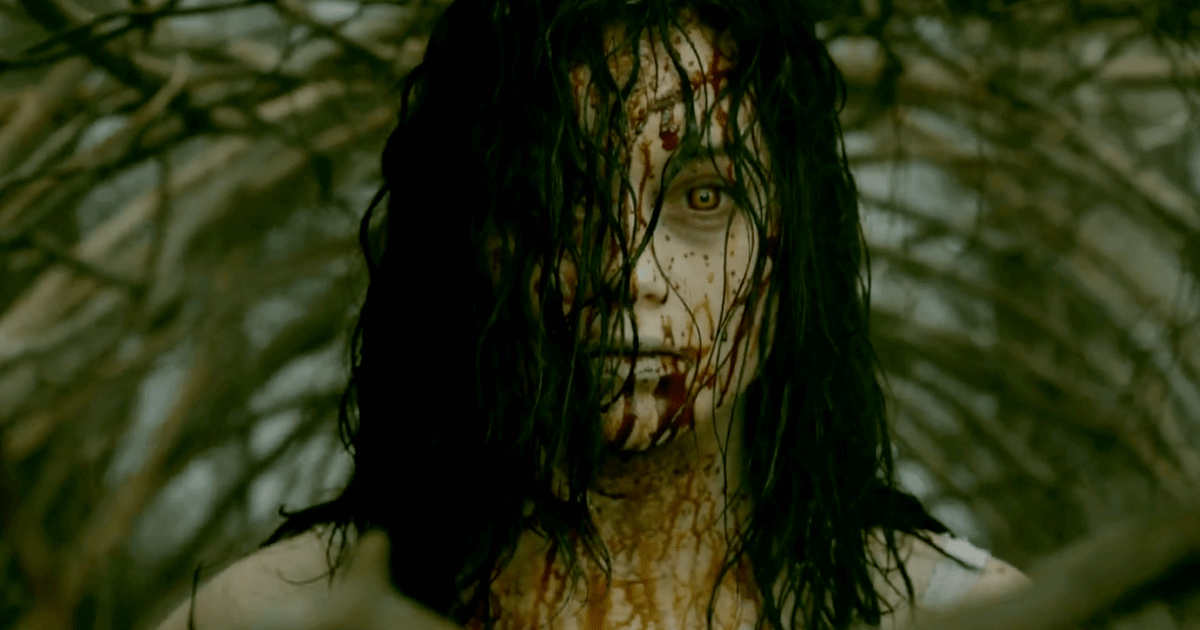
Uruguayan director Fede Alvarez, working under the watchful eyes of Raimi, Campbell, and the original producer Rob Tapert, made a horror film that could be shown in film schools as an example of the perfect remake. Alvarez found the golden mean between serious horror and homage to the original – although the film is full of references to Raimi’s trilogy (suffice it to say that the motif of losing a hand appears twice, the memorable car of Ash stands in the forest, one of the heroines escapes the demon between walls, and the lustful vines are even better utilized by the director than in the original), these are not elements that would disrupt the atmosphere because they are solidly rooted in the plot. The creators of the remake modified the plot quite interestingly – while Ash and his friends came to the rented cottage to have fun, the characters of the new version meet in a cabin owned by the parents of two of them, and the whole stay in the secluded place is actually a detox that friends provide for Mia, a drug addict.
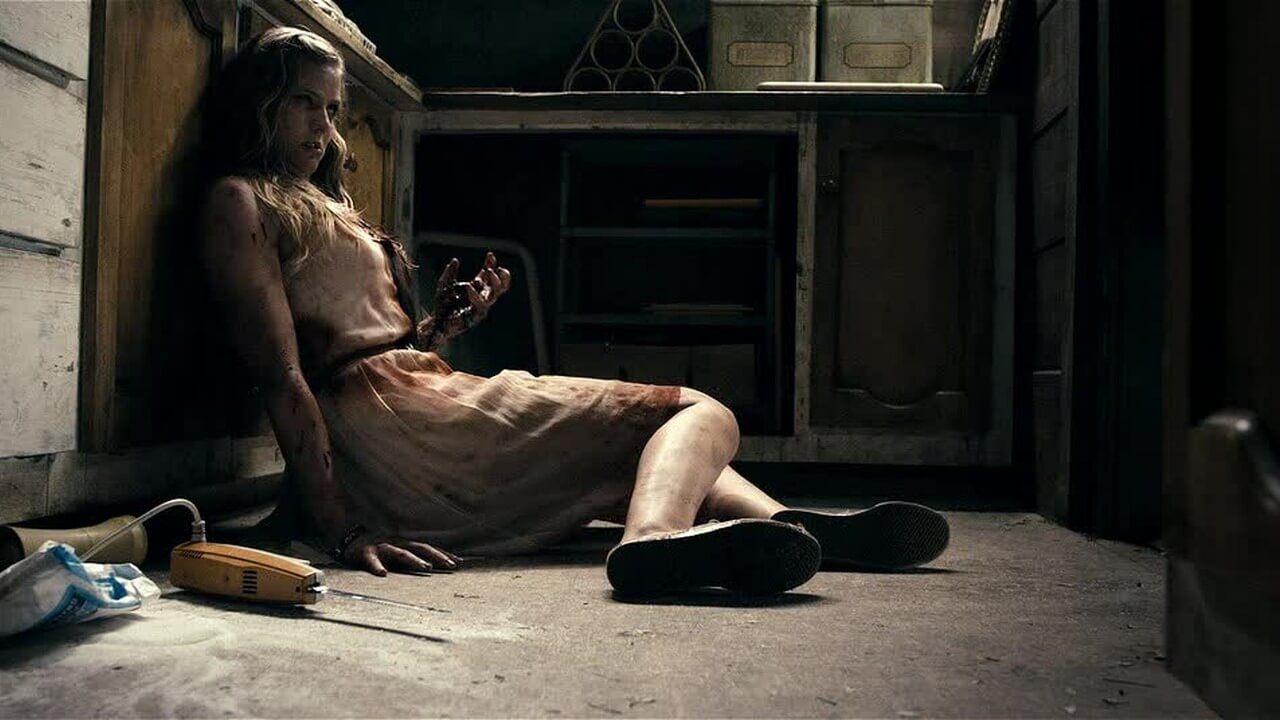
The detox thread not only allows the viewer to sympathize with rather schematic characters but also intelligently explains the behavior of the characters when Mia’s body is taken over by the demon – her friends initially take possession as a strong side effect of drug withdrawal, so instead of panicking, they try to help the girl endure the resolution. The situation changes, of course, when Mia begins to speak with an inhuman voice and mutilates herself and others. That’s when Evil Dead delivers a huge shock to the viewer.

Although the director dispenses with the dream atmosphere and leads the plot in a classic way, at the moment of action development, he reminds the viewers that they are dealing with real Evil Dead. What begins to happen on the screen at a certain point surpasses the wildest expectations – the second half of the film is practically one big horror rollercoaster, at the heart of which beats the same energy that drove Raimi’s classic three decades ago. Fede Alvarez feels best in bloody bath scenes, and the best evidence of this is the last forty minutes of his film. The characters go through probably all known stages of torment to fans of the genre: the demon takes over their bodies with surprising ease and forces the viewers to watch a festival of disgust. Skin peels off the flesh, limbs are cut off and shot off, chainsaws, nail guns, and electric meat knives come into play. There hasn’t been such unimaginably brutal, bloody, and disgusting horror in the mainstream film for a long time.
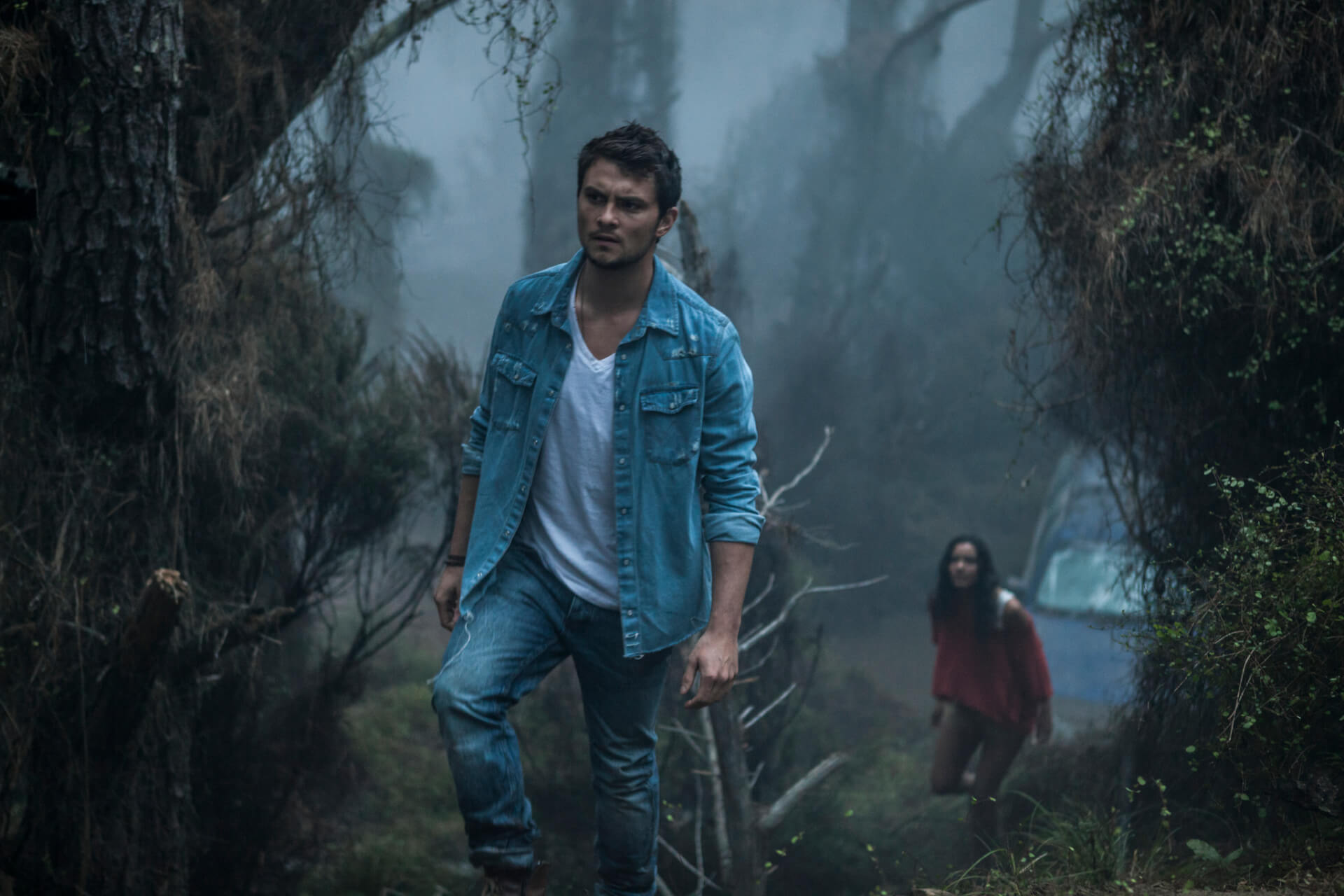
All of this is presented in a masterful way. The brilliantly composed music enhances the emotions, and the level of execution from scene to scene surprises more and more. Fede Alvarez confessed that he hates CGI, so every amputation and deformation was done through makeup, editing, and visual tricks. Thanks to this, Evil Dead also becomes a very suggestive argument for the superiority of practical effects over computer-generated ones – I assure you that you haven’t seen such realism in scenes of violence brought to the brink of madness in cinema for a long time. At the screening I attended, you could literally feel people sinking deeper into their seats. And it’s hard to find a better recommendation for this type of cinema.
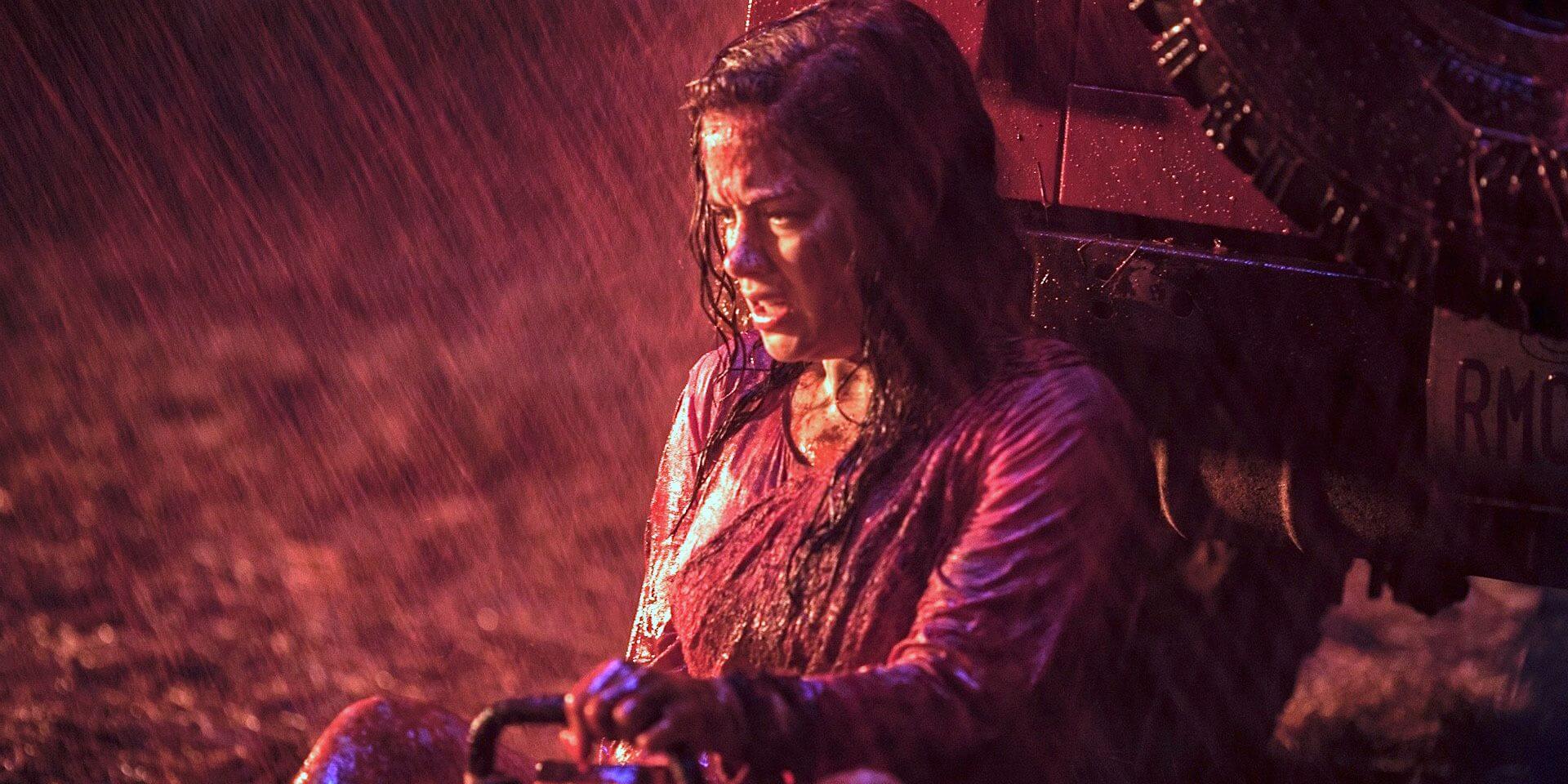
Evil Dead is for contemporary horror what Dredd was for contemporary action cinema – a loud and firm reminder that even in an era where mainstream creators compete in winking at the audience and mocking the conventions, you can make an exciting genre film seriously, without falling into self-parody. Alvarez doesn’t care that the horror model he’s realizing was mercilessly mocked in The Cabin in the Woods. He’s serious, caring about emotions, referring to classics, and intelligently adapting their formula to the demands of today’s cinema. Just like with Dredd, he succeeds thanks to his bold approach and treating the genre legacy with proper respect. And just like with Dredd, after the screening, you feel like leaving the theater, going to the box office, and immediately ordering a ticket for another screening.

